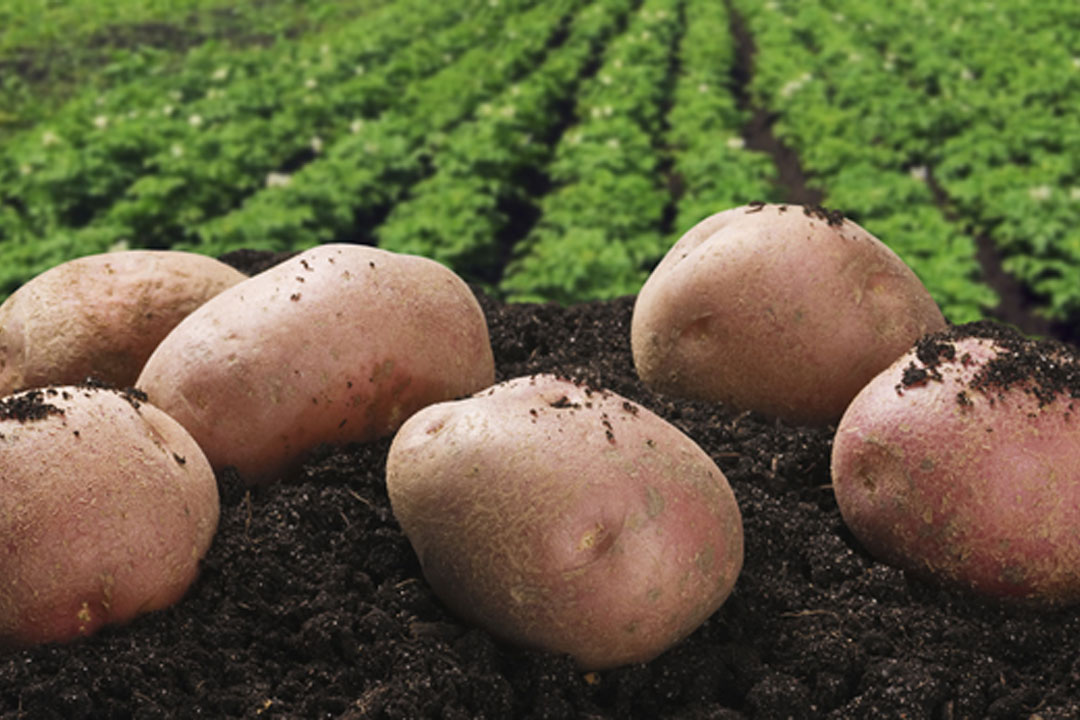
Potatoes are one of the most important crops globally, and their tuber size and uniformity are critical for every market, whether it is for fresh potatoes, seeds, or processing crops. Potato plants require a balanced supply of nutrients to produce optimal yields and quality. The following is a detailed guide on how to manage potato fertility to ensure a good crop.
pH management
pH is an important factor in any fertilizer program and in controlling common scabs. Soil pH should be between 5.0 and 5.2 to control common scabs. However, where scab is not a problem, pH levels should be as high as possible, up to 6.0. As pH increases to near 6.0, plant nutrients increase, and toxic elements become less available, thereby providing optimal growing conditions from the standpoint of nutrients. Potato breeders are working on developing scab resistance lines, and in the future, we will not have to adjust the pH downward to control common scabs.
Salt management
The carriers of nitrogen and potassium are the primary fertilizer components that create salt problems. Salts are a factor when high concentrations of fertilizers are applied in bands, as they are in potato production, and applied under optimal soil moisture conditions. When conditions turn dry, the salts in the fertilizer bands move with the soil moisture to the surface and concentrate, causing root “burn,” thereby retarding emergence and subsequent growth. The potential for salt injury is greatest in sandy soils and when fertilizer is placed close to seed pieces.
Nitrogen management
Nitrogen is an essential nutrient for potato plants and should be supplied in adequate amounts. However, too much early nitrogen can lead to excessive vegetative growth at the expense of tuber formation, and an excess supply of nitrogen at later stages of growth will keep the crop growing and can result in a crop with many “oversized” potatoes and place it under increased risk of blight infection. Excess nitrogen also delays tuber initiation and maturity, potentially reducing the yield of early harvest and increasing the potential for skinning and bruising of main-season varieties.
Results from fertilizer experiments over the years have shown that rates between 68 and 80 KG of nitrogen are adequate for maximum economic yields of commonly grown varieties. The at-planting amount of nitrogen can be supplemented by top-dressing or side-dressing nitrogen when plants are approximately 10 to 20 cm tall. This would provide the most efficient application of nitrogen as well as minimize the threat of groundwater contamination. Nitrogen is largely needed during leaf formation and then for increasing tuber growth and size when it ensures optimal photosynthate production in the leaves. Nitrogen fed at an early stage of crop development will help build the overall size of the leaf canopy, whereas, at later stages of growth, nitrogen use helps maintain the greenness of the canopy and maximize yield. In hot, dry climates, where true yield potential and desired tuber size have not been met, additional nitrogen can maintain canopy growth and prolong bulking. A balance of ammonium and nitrate is best used at planting, but too much ammonium nitrogen is a disadvantage as it reduces root zone pH and thereby promotes Rhizoctonia. During tuber initiation onwards through tuber bulking, nitrate nitrogen has distinct advantages and is the preferred source.
Phosphorus management
Phosphorus levels in most potato soils are quite high. However, because pH levels are near 5.0 or below in many potato soils, a considerable amount of phosphorus is not available. Increasing the pH from 5.2 to 5.5 improves phosphorus efficiency in the soil. Foliar phosphate, applied after tuber initiation, increases tuber size and so increases tuber yields.


















